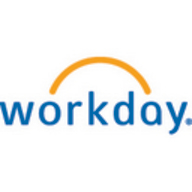


Find out what your peers are saying about Oracle, Anaplan, IBM and others in Business Performance Management.
| Product | Market Share (%) |
|---|---|
| Adaptive Insights | 4.3% |
| Domo | 1.8% |
| Planful | 2.7% |
| Other | 91.2% |


| Company Size | Count |
|---|---|
| Small Business | 5 |
| Midsize Enterprise | 6 |
| Large Enterprise | 10 |
| Company Size | Count |
|---|---|
| Small Business | 13 |
| Midsize Enterprise | 10 |
| Large Enterprise | 16 |
Adaptive Insights is a cloud-based financial planning and analysis software that helps businesses streamline their budgeting, forecasting, and reporting processes.
With its intuitive interface and powerful analytics, it enables organizations to make data-driven decisions and drive business performance.
Domo is a cloud-based, mobile-first BI platform that helps companies drive more value from their data by helping organizations better integrate, interpret and use data to drive timely decision making and action across the business. The Domo platform enhances existing data warehouse and BI tools and allows users to build custom apps, automate data pipelines, and make data science accessible for anyone through automated insights that can be shared with internal or external stakeholders.
Find more information on The Business Cloud Here.
You need a financial planning solution that meets the structured demands of standardized financial planning and reporting requirements and regulations. Structured Planning with Planful automates labor-intensive planning activities in a complete cloud-based platform – giving your finance team control, consistency, and confidence in corporate financial plans.